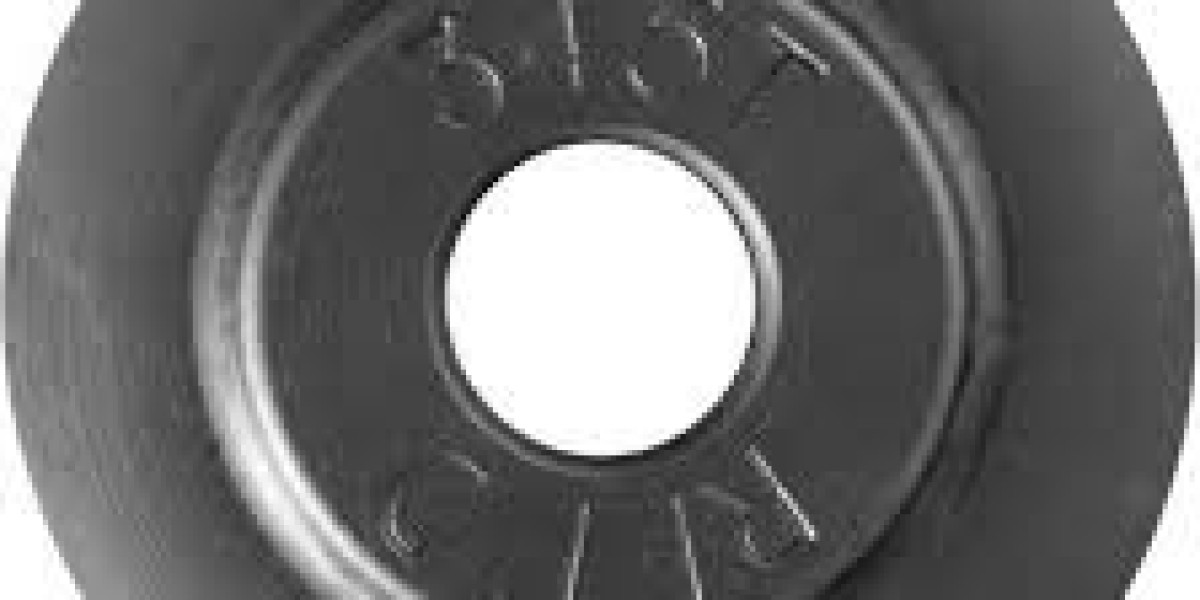When working with metal, stone, or concrete, choosing the right abrasive tool is crucial. Two of the most common tools used in these applications are the cutting wheel and the grinding wheel. While they may look similar at a glance, they serve very different purposes and are designed with distinct features to handle specific tasks.
1. Purpose and Function
The primary difference lies in their intended use. A cutting wheel is specifically designed to cut through material. It is thin and sharp, allowing it to slice through metal, steel, or stone with minimal contact. This results in clean, precise cuts.
On the other hand, a grinding wheel is made for material removal. It’s thicker and more durable, intended for smoothing, shaping, or leveling a surface. Grinding wheels are not designed to cut through objects, but rather to wear them down gradually.
2. Design and Thickness
Another significant difference is the thickness of the wheels. A cutting wheel is typically 1mm to 3mm thick, which allows for faster cutting and less material loss. Its thin profile enables it to make precise cuts without applying much pressure.
Grinding wheels, however, are much thicker—often 6mm or more. This robust design allows them to withstand the force of grinding applications without breaking or wearing down too quickly. Their thickness provides stability and strength for heavy-duty surface removal.
3. Material Composition
Both cutting and grinding wheels are made from abrasive grains bonded together, but the bonding material and grain types may vary depending on their function.
A cutting wheel usually uses a resin bond that allows for fast, efficient cuts while minimizing heat buildup. These wheels often feature aluminum oxide, silicon carbide, or zirconia abrasives.
Grinding wheels, in contrast, have a stronger bond and may use different abrasive materials suited for long-term durability and high-pressure applications.
4. Safety Considerations
Due to its thin structure, a cutting wheel is more fragile and prone to shattering if used incorrectly. That’s why it's essential to use them only for straight cuts and never for grinding or side pressure.
Grinding wheels are designed to handle more force, but they also require proper usage and personal protective equipment. Misusing either tool can lead to dangerous accidents, so always follow manufacturer guidelines and safety protocols.
5. Application Scenarios
Use a cutting wheel when you need to make quick, clean cuts in pipes, sheet metal, rebar, or tiles. It’s ideal for fabrication, construction, and plumbing work.
Grinding wheels are best used for smoothing welds, removing rust or paint, and preparing surfaces for welding or coating. They are a go-to tool in fabrication shops and heavy machinery maintenance.
Conclusion
While a cutting wheel and a grinding wheel may appear similar, their design, purpose, and safety requirements make them very different tools. Using the correct wheel for your task ensures efficiency, safety, and the best possible finish on your work.
For premium quality cutting wheels that offer durability, performance, and precision, trust Monty Products — your reliable partner in industrial tools and accessories.






